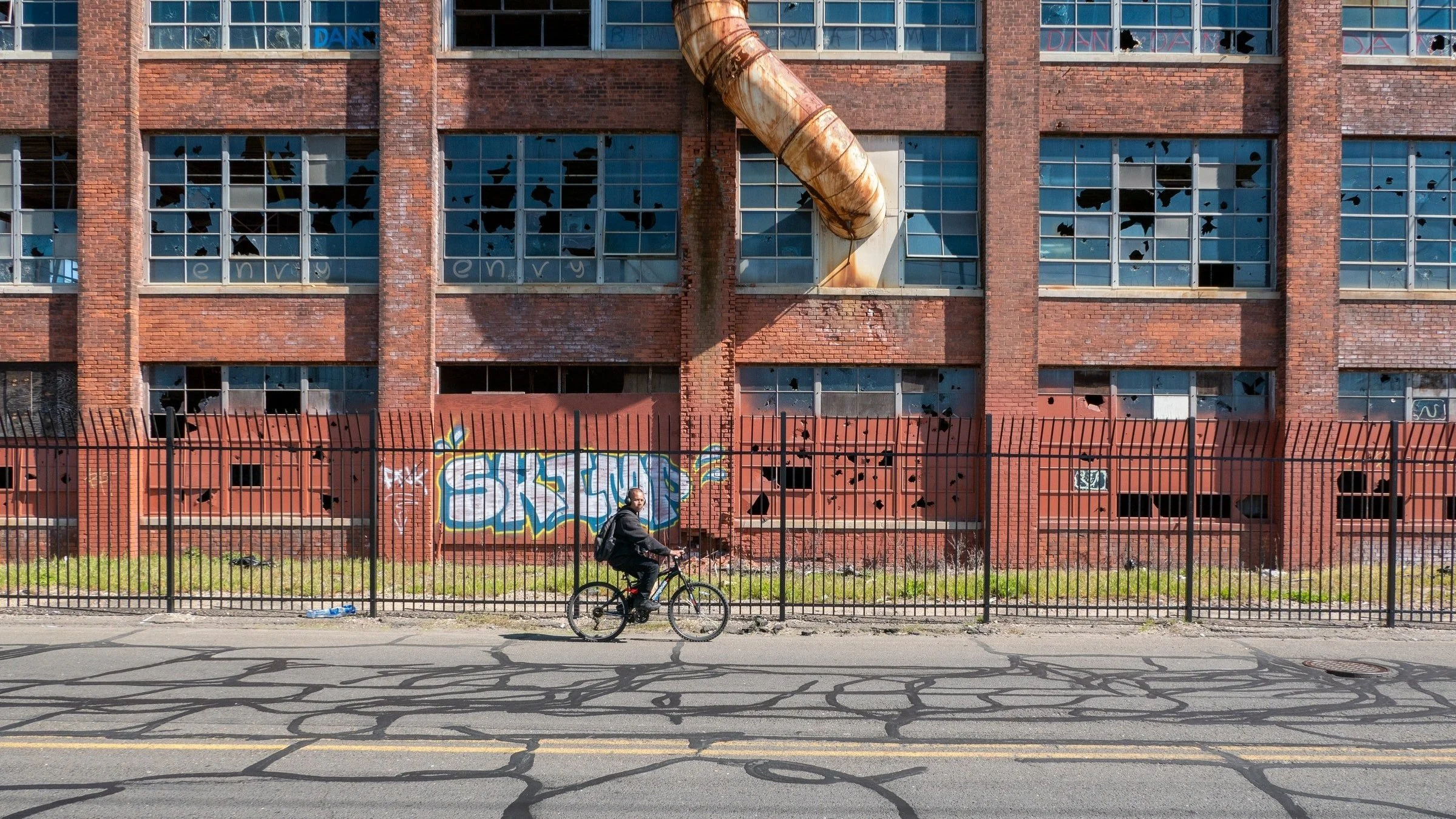Recipe for a Remarkable Neighborhood
What makes our neighborhoods worth investing in, staying in and loving? We know when we visit a healthy neighborhood or not. We intuitively sense whether we feel safe and welcome or not. We know right away if a neighborhood is a place we could see ourselves rooting down over the long-term, or if it is a place we would really rather leave.
Great neighborhoods are so important. But what makes a great neighborhood great?
Emily Talen, a professor of urbanism, has offered helpful insight into what makes for a great neighborhood. She calls it the “Everyday Neighborhood” and it has eight vital qualities:
A great neighborhood has a name.
Residents know where it is, what it is and whether they belong to it.
It has at least one place that serves as its center.
It has a generally agreed upon spatial extent.
It has everyday facilities and services, although it is not self-contained.
It has internal and external connectivity.
It has diversity within it, or is open to its enabling.
It has a means of representation, a means by which residents can be involved in its affairs, and an ability to speak with a collective voice.
This is what we might call a recipe for a remarkable neighborhood. A place we can name, know, and get involved in. A place where we can welcome each other, go about our work and play, and gather together. A place we can travel into, out of, and around freely.
What do you think of these eight characteristics of an “Everyday Neighborhood?” Do they reflect your hopes and dreams for your own community?
Some neighborhoods in my town of Chestermere, Alberta are easy to define and point out, some are not. Some neighborhoods have a clear gathering place and center, while others might not even have a playground.
When you think about the recipe for a remarkable neighborhood, how does your neighborhood stack up?
While we might thank developers or planners for first designing your neighborhood in a way you appreciate, the truth is that we can continue to build remarkable neighborhoods. We can create community associations that advocate for those who live nearby. We can offer helpful feedback to our city planners. And we can demonstrate that we love our neighborhoods by using them well, caring about them, and coming forward to help make decisions.
Community takes effort by those who live near one another. When we come together and craft a recipe for a remarkable neighborhood, our dreams might look different from each other, but they will be similar. Together we can find what we appreciate about our current neighborhoods and find new ways to express our hopes for the future. Our neighborhoods are not static, but places that grow and change over time. May we all be the kind of communities that build amazing new neighborhoods and work together to make our existing neighborhoods special for everyone.
Cover photo by Nathalia Segato.
About the Author
Dr. Preston Pouteaux is a beekeeper, neighbourhood enthusiast and pastor at Lake Ridge Community Church. He is an engaging speaker, writer, and curator of conversations about faith and neighbourhoods. He studied at Covenant Bible College, Briercrest College, Regent College, Tyndale Seminary, and Jerusalem University College in Israel. He is the author of Imago Dei to Missio Dei [VantagePoint3] and the award-winning author of The Bees of Rainbow Falls: Finding Faith, Imagination, and Delight in Your Neighbourhood [Urban Loft Publishers]. Since 2015 his column, Into the Neighbourhood, has been printed over two millions times in weekly newspapers. Preston lives in Chestermere, Alberta, with his wife Kelly, their daughters Scotia and Ivy, and a few thousand honeybees. You can connect with Preston on Twitter and on his website.




Family Dollar is shutting down many of its urban stores, while Dollar General is expanding in rural areas. This week’s episode explores the reasons behind their differing success and the effect dollar stores have on neighborhoods.